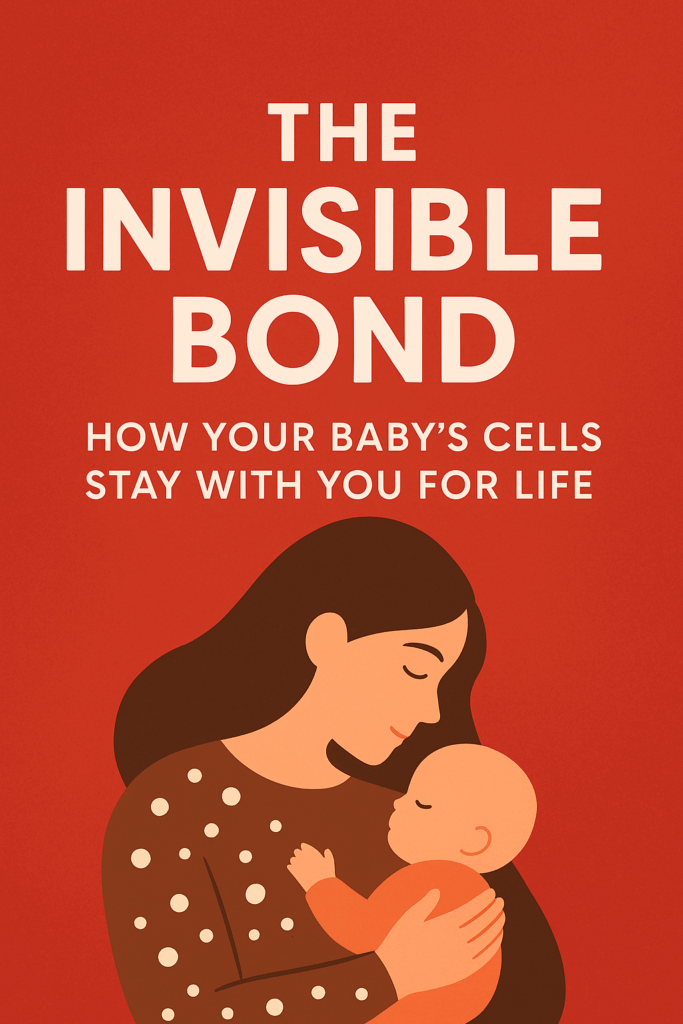Motherhood is a journey marked by extraordinary emotional and biological transformations. One of the most remarkable yet lesser-known phenomena is fetal microchimerism — a process where fetal cells migrate into the mother’s body during pregnancy and remain there for decades. This fascinating discovery is reshaping how we understand the physical connection between mothers and their children.

Scientific studies have revealed that during pregnancy, a small number of cells from the fetus cross the placenta and embed themselves into the mother’s organs, including the heart, brain, and lungs. These cells can stay with the mother for years, potentially contributing to tissue repair and immune system modulation.
This biological legacy symbolizes a profound, lasting bond between mother and child. While research is ongoing, early findings suggest fetal microchimerism may play a role in maternal health, even influencing the risk of autoimmune diseases and certain cancers.
For new mothers, understanding this invisible bond can provide comfort and a sense of lifelong connection. It reinforces the idea that even as children grow and change, part of them remains with their mothers forever — literally at a cellular level.
Discover more in our book: The Ultimate Guide for Moms and Babies




